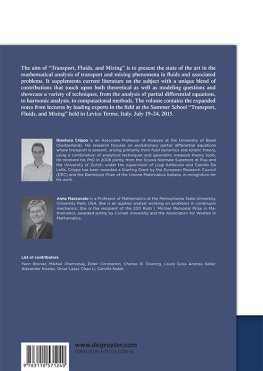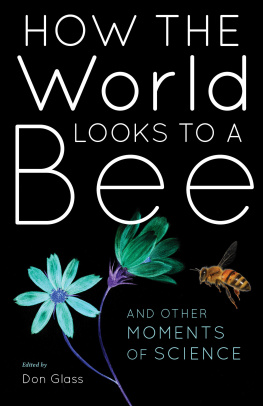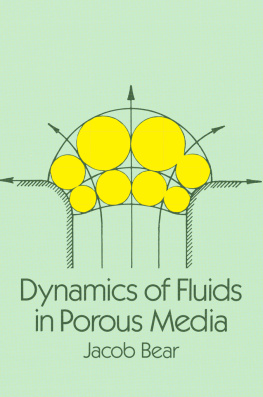


Copyright Det Norske Samlaget, Oslo, 2018
Published by Det Norske Samlaget, Oslo
Published with agreement by Hagen Agency, Oslo
English translation Skyhorse Publishing 2022
All rights reserved. No part of this book may be reproduced in any manner without the express written consent of the publisher, except in the case of brief excerpts in critical reviews or articles. All inquiries should be addressed to Skyhorse Publishing, 307 West 36th Street, 11th Floor, New York, NY 10018.
Skyhorse Publishing books may be purchased in bulk at special discounts for sales promotion, corporate gifts, fund-raising, or educational purposes. Special editions can also be created to specifications. For details, contact the Special Sales Department, Skyhorse Publishing, 307 West 36th Street, 11th Floor, New York, NY 10018 or .
Skyhorse and Skyhorse Publishing are registered trademarks of Skyhorse Publishing, Inc., a Delaware corporation.
Visit our website at www.skyhorsepublishing.com.
10 9 8 7 6 5 4 3 2 1
Library of Congress Cataloging-in-Publication Data is available on file.
ISBN: 978-1-5107-5977-0
Ebook ISBN: 978-1-5107-5978-7
Cover design by David Ter-Avanesyan
Cover illustrations: Shutterstock
Printed in the United States of America
CONTENTS
APERITIF
Monday, May 13, 1940. It has been eight months since Germany invaded Poland and Winston Churchill has a formidable task ahead of him: he needs to convince those elected by the people to the House of Commons that he is the right man to assemble the British government in the war that lies ahead. The prime minister promises to do his very best and is willing to give it his all. I have nothing to offer but blood, toil, tears, and sweat, he says with gravity in his voice, members of Parliament rallying around him.
The quote was later simplified to blood, sweat, and tears. Churchill had perhaps no more bodily fluids to offer. I do.
In the pages to follow, I have pimple pus, breast milk, semen, and urine on offer, along with bone marrow, spinal fluid, intestinal fluid, and mucous. It will be surprising, and it will be serious. It will be entertaining, informative, and probably a little embarrassing, because there is no escaping the fact that the body can be awkward. Many will say that the body is, above all, something of a mess. They are right. Bodily fluids are gross and intimate.
But they are also fascinating and complex.
Fluids are a big part of life, and of the body itself. A person who weighs around 150 pounds contains as much as ten gallons of water. Most of this water is well hidden in the organs and on the inside of each cell, but up to one and a half liters of blood, tissue fluid, spinal fluid, and urine flow freely underneath the skin.
You are perhaps wondering how many bodily fluids are actually in the body. For a short list that is easy to remember, the answer should be between five and ten. There cant really be that many fluids in one body, can there?
It turns out, however, that nature is more complex than you would think. The human body is, after all, the result of evolution over millions of years, so it should not come as a surprise that its solutions are complex. Even though fluids are, to put it very simply, water with some other stuff, it is much more than nuance that separates blood and urine from semen and tears. But the fact that the list includes more than fifty different bodily fluids is both overwhelming and impressive, as well as pretty interesting.
Blood, Sweat, and Tears, and All the Others
One of the reasons why the list is so long is that some of these fluids can be divided into smaller parts. Just as semen can be divided into different fluids made by different glands, so it is with everything that flows in the intestines. Because of their different location, function, or anatomical position, fluids get a different name and number even though they, in certain cases, are very similar to each other.
Complexity makes it so that my list probably includes a few more fluids than you would find in more conservative reference books. And, perhaps, new bodily fluids will eventually appear as we obtain an even more detailed knowledge about our bodies.
For the time being, blood (fluid number 1) is the obvious celebrity among bodily fluids. This is not without reason, as blood both repulses and attracts, symbolically and scientifically.
Blood transports oxygen and nutrition to all the cells, returns with waste, and protects the body against danger. Blood also transports information over long distances, such as messages from the brain or the sex organs that change is occurring. Blood also transports body heat and local energy produced by the heart and internal organs, and it transfers warmth to fingertips and earlobes.
For researchers, blood is not just blood. Blood without red and white blood cells is called plasma (2), a yellow fluid that makes up about half of blood volume. Blood that also lacks coagulation factors is called serum (3). Blood, plasma, and serum are nuances of the same blood, but in detailed reports for educated healthcare personnel, three different bodily fluids are calculated.
All blood is made in the bone marrow (4), a fluid located in our skeletal cavities. Bone marrow is distinct from blood in that it is full of stem cells, bone cells, connective tissue, and fat cells.
A typical body has around half a liter of urine (5) in the bladder and up to about two and a half gallons of tissue fluid, also called lymph (6), dispersed throughout. Tissue fluid surrounds all the cells in the organs and excess fluid is transported back to circulation through the lymphatic system. The lymphatic system is a large network for transport of water, immune cells, and waste; it contributes to the balance of fluid in the body. Tissue fluid keeps the cells healthy and clean and maintains moisture in all the parts of the body.
Every day, two and a half liters of fluid go in and out of the body. Water disappears as sweat (7) and steam with each exhalation; the water must be replaced through food and drink. It starts in the mouth, where resting saliva (8) keeps the mouth clean and fresh. When the jaw begins to chew food, enzymes in the activated saliva (9) help to break down food. Also, in the mouth, nose, and throat, mucous (10) protects surfaces; in the event of an infection, it thickens and fills with dead immune cells, which we call nasal mucous (11). The throat has its own mucous, also called phlegm (12), which helps to keep the respiratory tract free of intruders and particles.
Bodily fluids handle food and drink as if they were on an assembly line. First, gastric acid (13) goes to work in the stomach; if the food comes back up, we call it vomit (14), but for the most part, the food moves on to the small intestine where it is named chyme (15). Here, the pancreas supplements with both a neutralizing fluid (16), which halts the effect of the gastric acid, and bile (17), which breaks down fat; the dissolved fat in the food is called chyle (18) when it has been mixed with lymph. Intestinal juice (19) from the wall of the small intestine makes the mixture of food even more fluid on the way down. Finally, the bowels absorb most of the water, so a normal poop contains only a little fluid. Stool can sometimes be full of water, which we call diarrhea (20).
Next page















